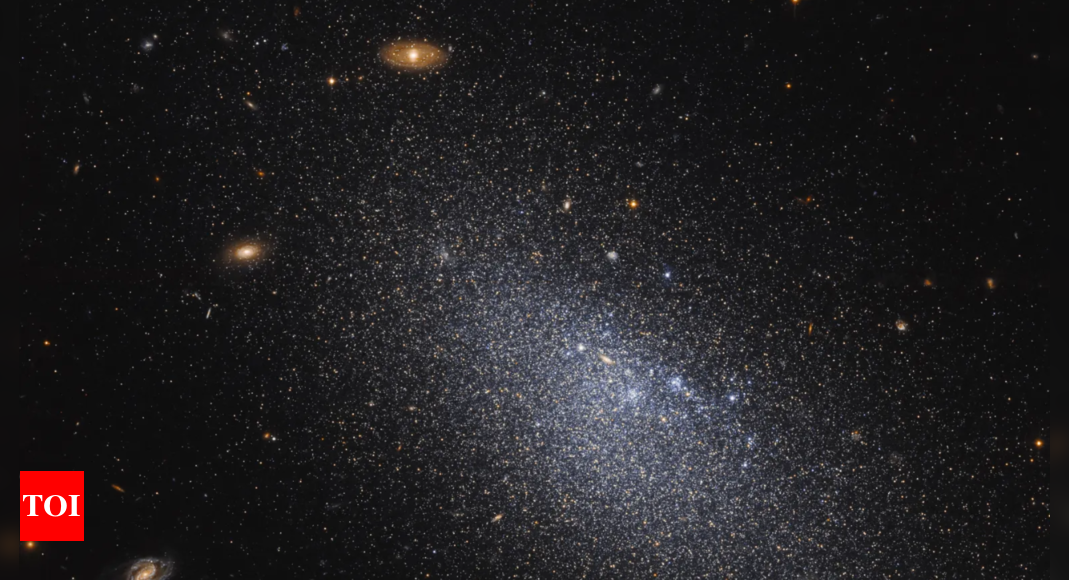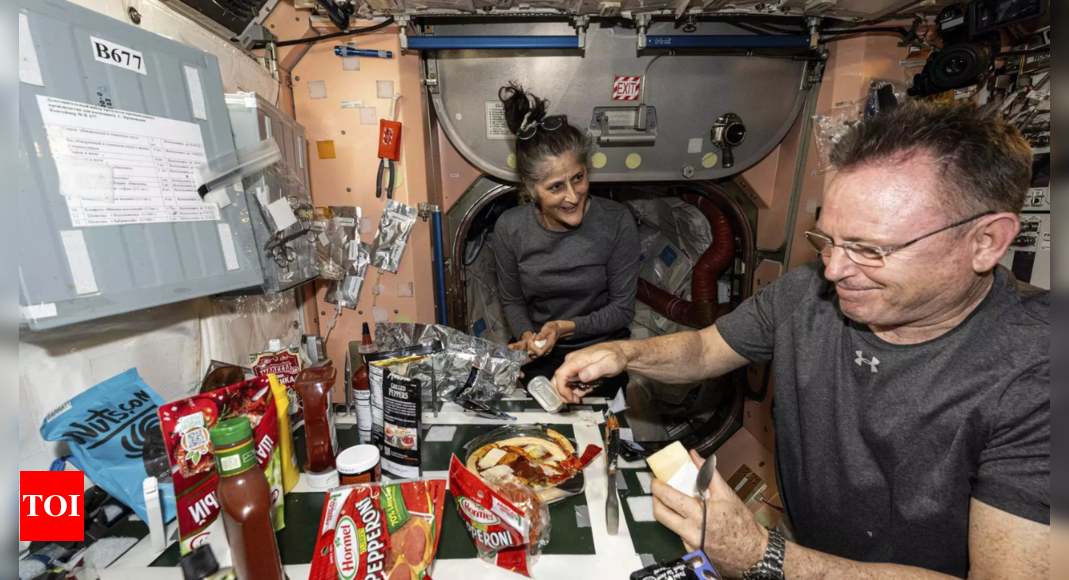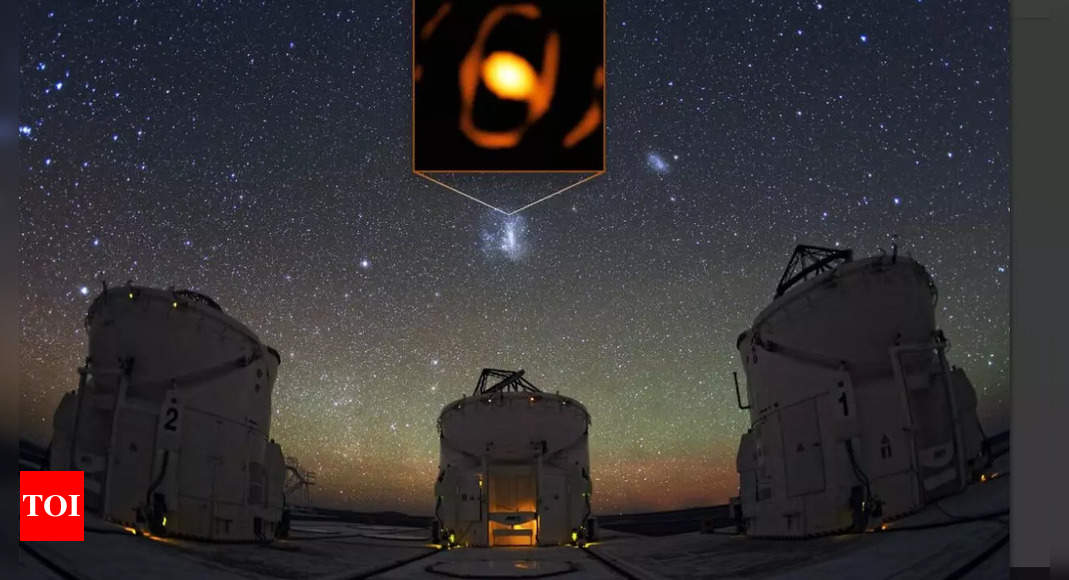
Nasa‘s Hubble telescope has captured an image of a dwarf irregular galaxy UGC 4879, also known as the VV124. The galaxy is located just beyond the Local Group, about four million light-years from Earth.
UGC 4879 is an isolated dwarf galaxy. Because of its isolation, it is an interesting subject for astronomers who are investigating whether it might be an ancient, relatively undisturbed galaxy.
Some theories suggest that the earliest galaxies in the universe were low-mass dwarf galaxies, and if UGC 4879 is indeed a relic from the early universe, it could offer valuable insights into the formation and evolution of galaxies, galaxy clusters, and the broader cosmic structure.
Hubble telescope’s exceptional resolution allows the astronomers to observe individual stars and galaxies, even in the most crowded regions. This feature is crucial for determining the key characteristics of galaxies, such as distance, composition and age of the star.
UGC 4879 is an isolated dwarf galaxy. Because of its isolation, it is an interesting subject for astronomers who are investigating whether it might be an ancient, relatively undisturbed galaxy.
Some theories suggest that the earliest galaxies in the universe were low-mass dwarf galaxies, and if UGC 4879 is indeed a relic from the early universe, it could offer valuable insights into the formation and evolution of galaxies, galaxy clusters, and the broader cosmic structure.
Hubble telescope’s exceptional resolution allows the astronomers to observe individual stars and galaxies, even in the most crowded regions. This feature is crucial for determining the key characteristics of galaxies, such as distance, composition and age of the star.









